Keppo Mansion
The Keppo Mansion, situated in Jeppo, Nykarleby, has always been important for the KWH Group. It is one of a few mansions left in Ostrobothnia. Small-scale industry has been typical for it during its whole history. Today, the mansion is used as a meeting and training facility for the KWH Group.
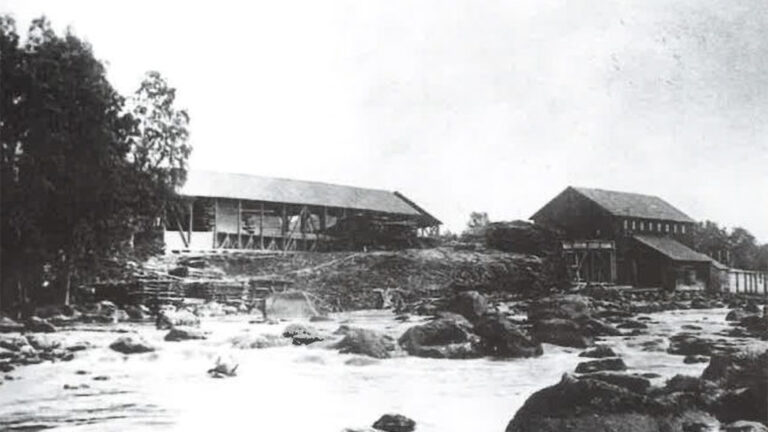
1739–1783
Sawmill and Textile Industry
The mansion has never had large-scale farming but has for centuries been characterized by minor-scale industrial activities. The industry was made possible by the waterpower from the Keppo rapids. The first fine blade water sawmill in Ostrobothnia was built on the banks of the rapids around 1739, and logs were floated down the river to the sawmill from as far as Lapua and Kuortane. The sawmill was built by Samuel Lithovius, an alderman from Nykarleby.
Johan Bladh the Younger, the owner of the manor from 1762 to 1783, developed the sawmill and established a tobacco plantation, a tobacco spinning mill, pitch works, a linen and cotton textile mill factory and a net weaving mill. Bladh was a merchant and shipowner from Vaasa who later moved to the Benvik farm near town of Kaskinen, where he died in 1783.
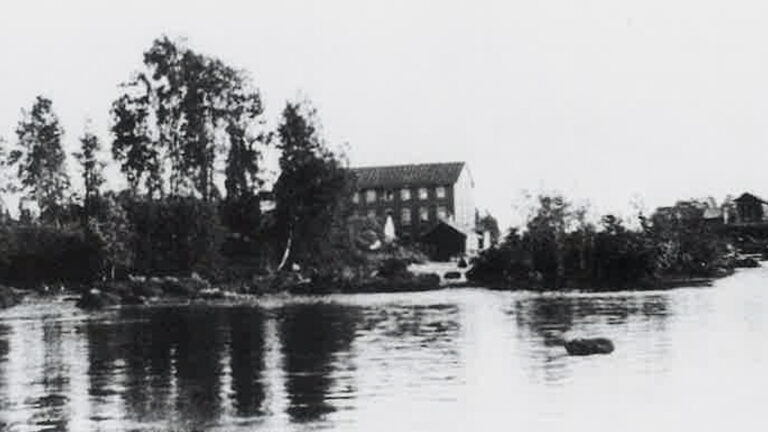
1786–1838
The Era of Björkman Family
The mansion was acquired by the Björkman family in 1786, when Bengt Magnus Björkman, who settled in Stockholm, bought the Keppo sawmill. He also owned the Orisberg, Kimo, Fiskars and Koski ironworks in Finland, the Orijärvi mine and several ironworks and estates in Sweden.
Lars Magnus Björkman, son of Bengt Magnus Björkman, owned Keppo until 1829, when he sold the sawmill to Gustaf Adolf Lindqvist, a merchant and shipowner from Nykarleby.
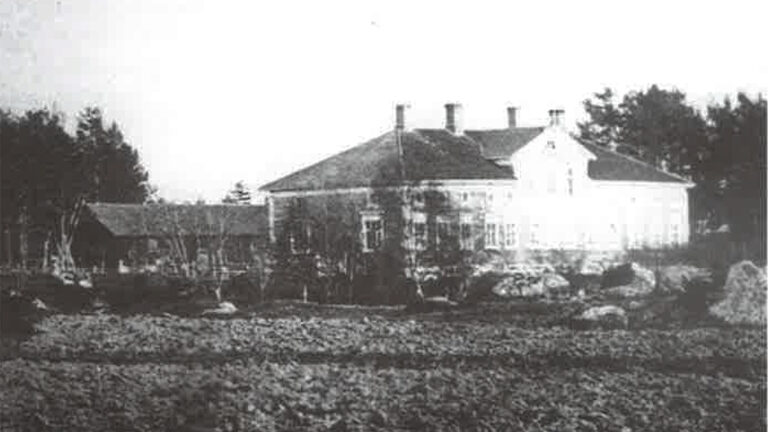
1838–1899
The First Inhabitants
Carl Otto von Essen, a bookkeeper at the Kimo mill, bought the mansion and the industrial facilities. He and moved to the residental building, which was in disrepair and situated on a hill, about 200 meters north of the present mansion.
In 1869, the old Keppo mansion, the saw and most of the other buildings burned down. The saw was rebuilt, but the main building was not rebuilt on its old site Instead, another smaller building, which was situated where the Keppo mansion now lies, was enlarged in length and width. The frame of today’s Keppo mansion originates from the end of the 1860’s.
During the time of Otto von Essen the sawmill experienced its boom. Peter Malm Junior in Jakobstad, a well-known shipowner and industrialist, became a corporate member at the sawmill in 1840. Mr Malm financed the sawmill and sold the finished products. Von Essen was a saw inspector and bought timber. His brother-in-law, Johan Vilhelm Snellman, lived at the Keppo mansion in 1839 and even worked as a temporaty saw inspector when Otto von Essen was ill.
In the 1860s, the sawmill produced more than 10,000 logs a year. In 1876 the sawmill was taken over entirely by Peter Malm the Younger. A fire sealed the fate of the sawmill in 1893 and since then there has been no sawmill on the banks of the Keppo rapids.
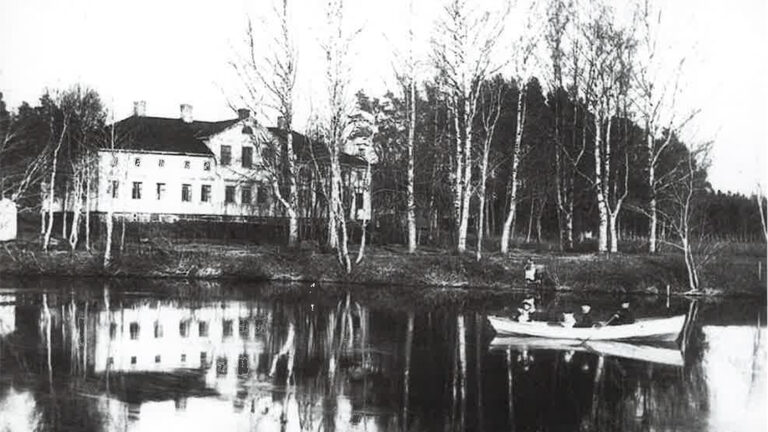
1899–1954
From Spinning Mill to a People’s College
The Von Essen family owned Keppo Mansion until 1899, when Hugo Grönlund bought it, attracted by the waterpower. In the autumn of 1900, the ‘Hugo Grönlund’s Woollen Spinning Mill’ opened in a new factory building on the site of the old sawmill. Later, a weaving mill was also established and the company changed its name to Jeppo Cloth Factory’. At its peak, the company employed about 50 people. The factory burnt down in 1909, and the operations were moved to Seinäjoki.
Even before the fire, in 1906, the farmland and forests were sold to Wilhelm Schauman Ab from Jakobstad, who was interested in the forests. Viktor Schauman bought Keppo Mansion in 1918 and restored the farmland and buildings. Viktor and Ragni Schauman lived on the estate until 1930, when they sold it.
The Evangelical People’s College, which was owned by a guarantee association and owned the mansion from 1930 to 1942, took up residence in the main building. During the war the mansion was used as army accommodation, but after the war the former owners took it over. Viktor Schauman and his family lived in the house until 1954.
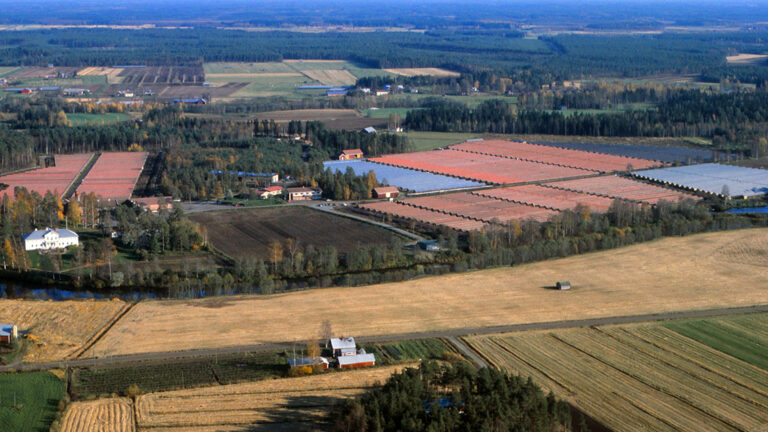
1954–1994
The Keppo Ltd
In 1954, a new period in the history of Keppo Mansion began. Emil Höglund and Karl-Johan Tidström had founded Keppo Ltd, for which they bought the mansion and its property. They established a mink farm, which was expanded to become the largest in the world in 1962.
In the 1970s, the farm produced 130 000 mink skins a year. The annual production of all the farms of Keppo Ltd was 480 000 mink and 150 000 fox skins. In 1992 the Keppo companies (from 1985 KWH Group Ltd) ceased fur farming. The mink farm near the mansion was leased out, so the operations continued on a smaller scale.
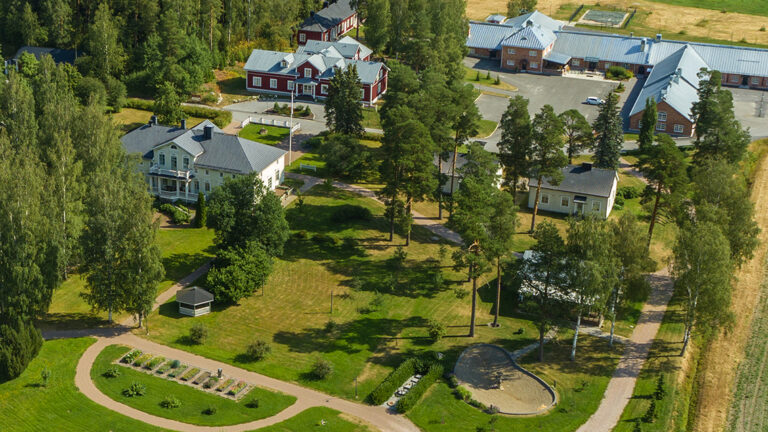
1994–
Representative Locals
The Keppo Mansion is presently only for the KWH Group’s internal use and is not open for public. The Mansion is used for the KWH Group’s representative purposes. It hosts meetings and accommodates the guests of the KWH Group. A separate Guest House for the group’s guests has been built on the Mansion’s premises and there is also the opportunity to visit the KWH Group’s own museum. The former stable has been renovated to accommodate meeting, banquet and exercise rooms. Keppo Brewery operates as a tenant in a part of the stable since 2017.
